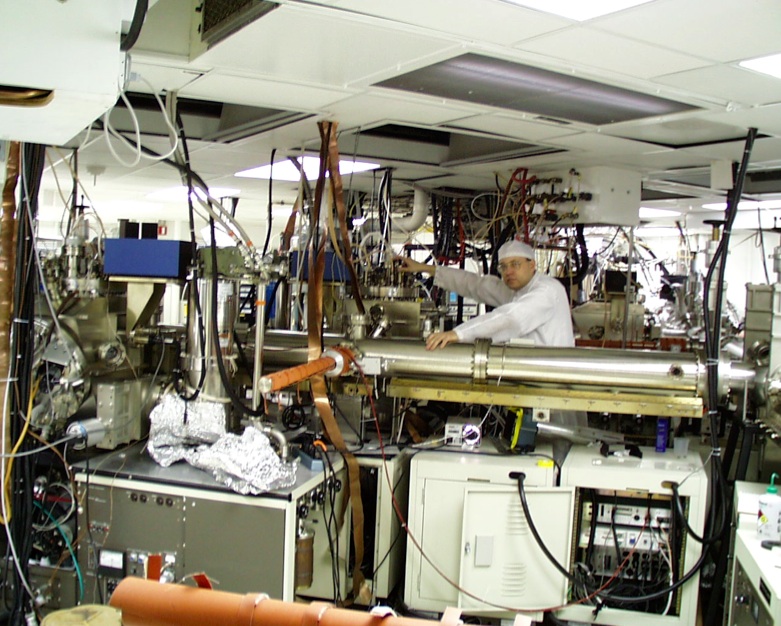For seven years I had the pleasure and good fortune to work in the world’s largest laboratory for growing and characterizing exotic crystals, known as the “Epi-Center Laboratory” of the Materials Research Laboratory of the University of Illinois at Urbana-Champaign.

Laboratories like this don’t come with owner’s manuals; on average, it took each of the Ph.D. students like me over one year just to learn the basics of operating the equipment, and probably at least 3-4 years before we could call ourselves experts in the various exotic technologies that were used.